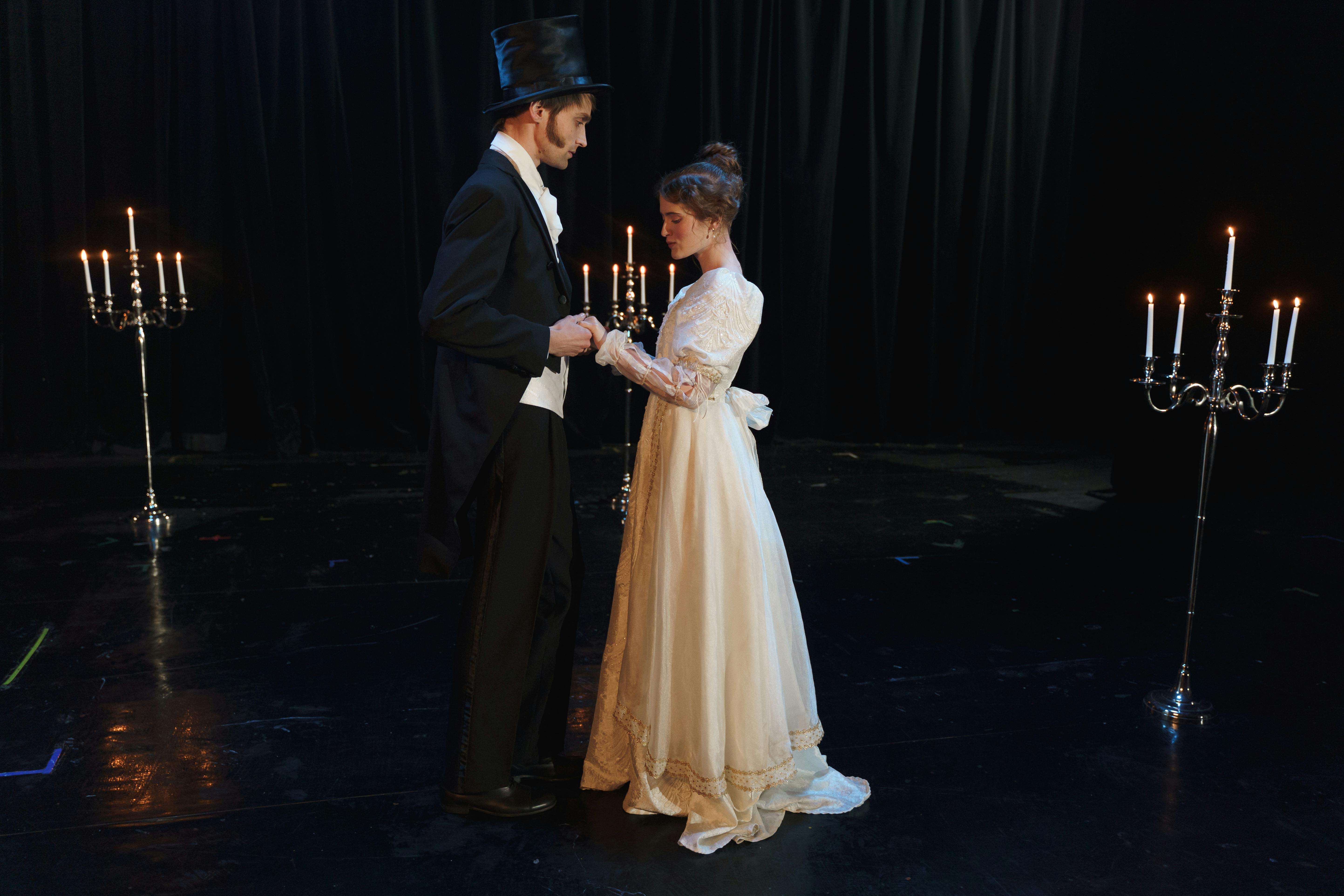
There are two types of heat used in saunas, namely dry and wet. Moist heat is a type of heat with high humidity, typically 65%, and is commonly employed in steam baths found in spas that tend to operate at temperatures between 40 and 50 degrees Celsius. However, the high moisture content makes them feel much warmer. Saunas, on the other hand, use dry heat. With a moisture content of less than 20%, saunas can heat up to 100 degrees Celsius. With less humidity, the conditions are much better than in the steam baths and breathing is also much easier. Others may find it a bit too dry, so a little water can be poured over the stones to increase the moisture content. Some more technologically savvy saunas use infrared for heating, and proponents of this technology say it’s better as it provides direct heat stimulation and offers deeper tissue penetration. The principle remains the same, however. Sauna baths typically last 10-15 minutes and use heat to induce perspiration.
The 10-15 minute sessions stimulate the nerve endings to release acetylcholine which then opens the sweat glands found in the skin. This is the regulatory response as the body sweats to cool itself as a result of the heat. The capillaries under the skin dilate and open the skin pores to excrete toxins, excess oil and dirt, resulting in glowing skin. When followed by a shower, it can help remove dead skin. One can release up to a liter of water from a sauna bath and therefore it is important to properly hydrate before entering a sauna bath for this reason. By sweating, the body gets rid of toxins which are then released through the open pores in the skin.
The heat stimulates the endocrine glands that secrete endorphins, which are our well-being hormones and that is why a sauna bath leaves us with wonderful sensations. The heartbeat increases, without a corresponding increase in blood pressure, to match the elevated blood flow. Dry heat improves lung function and can benefit people with respiratory problems. Damp heat is not recommended for people with pneumonia and other respiratory illnesses, as high humidity causes shortness of breath. A too dry heat is not better either since it can damage the protective mucosa of the lungs.
Stimulated by the heat, the body’s metabolism is accelerated, benefiting the bather with the same advantages as a light exercise. Sweating does result in weight loss, but there is a danger of dehydration and therefore should not be replaced with weight loss programs such as diet and exercise. The warming effect on the muscles also relieves sore muscles which, combined with improved blood flow, results in a relaxed feeling, less stress and better mobility.